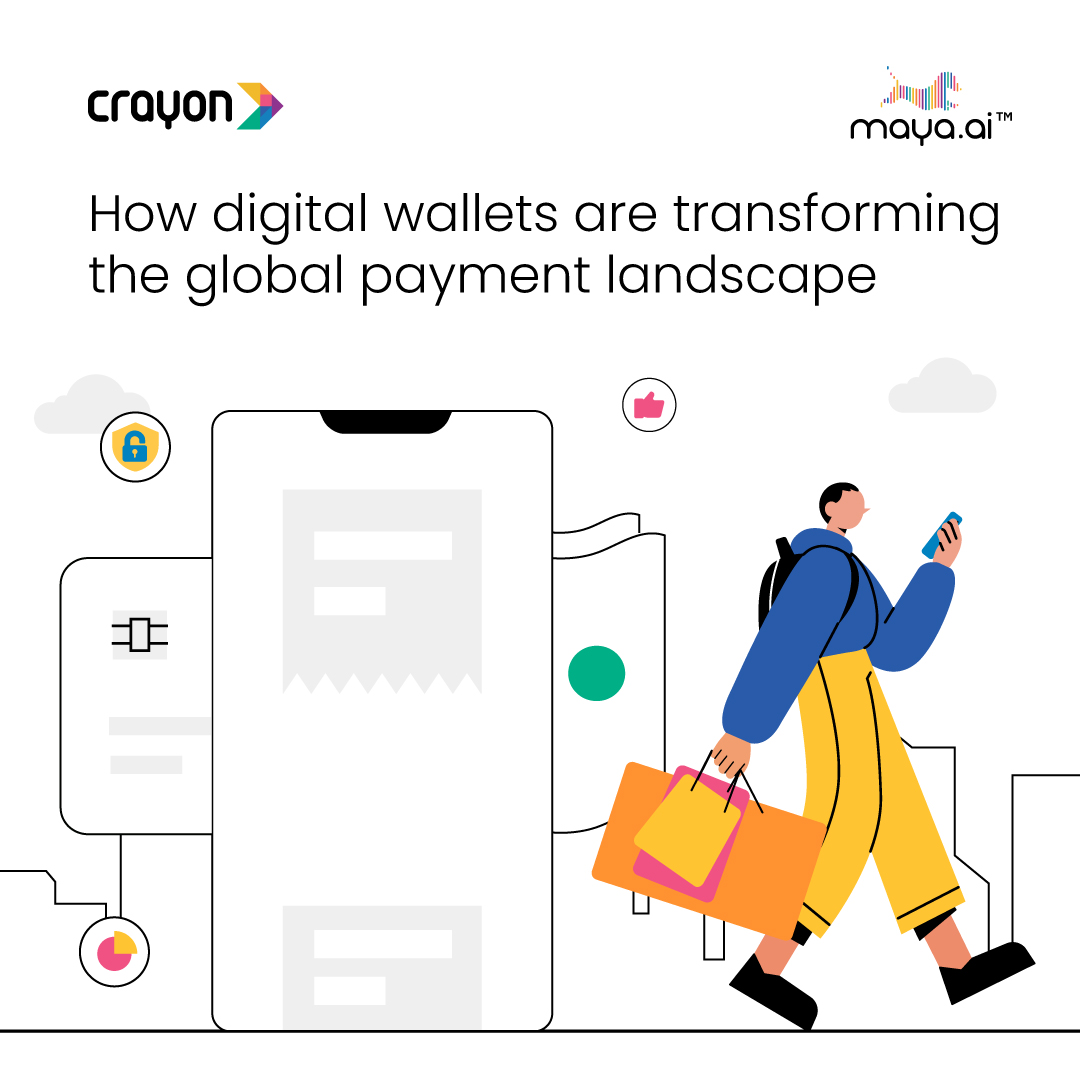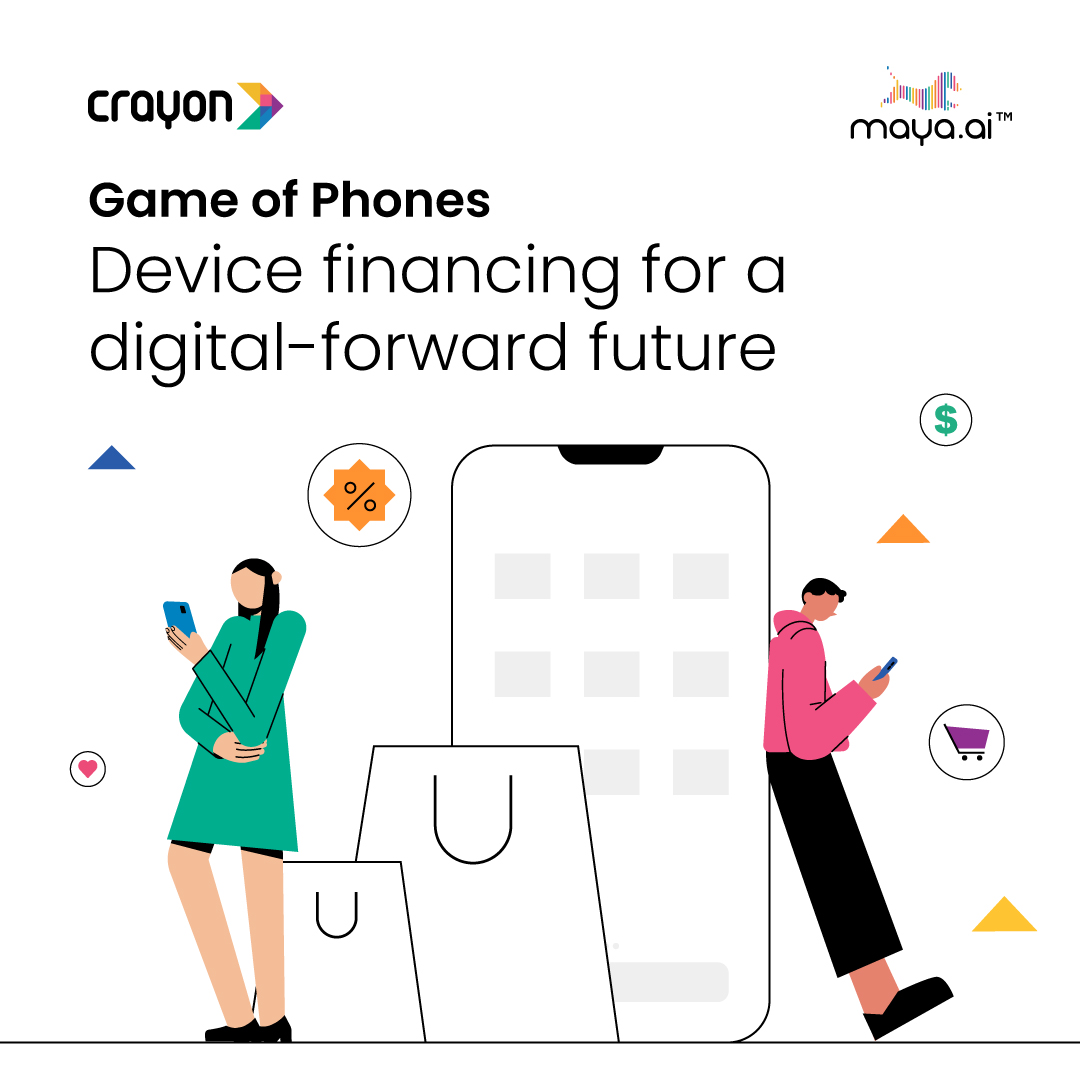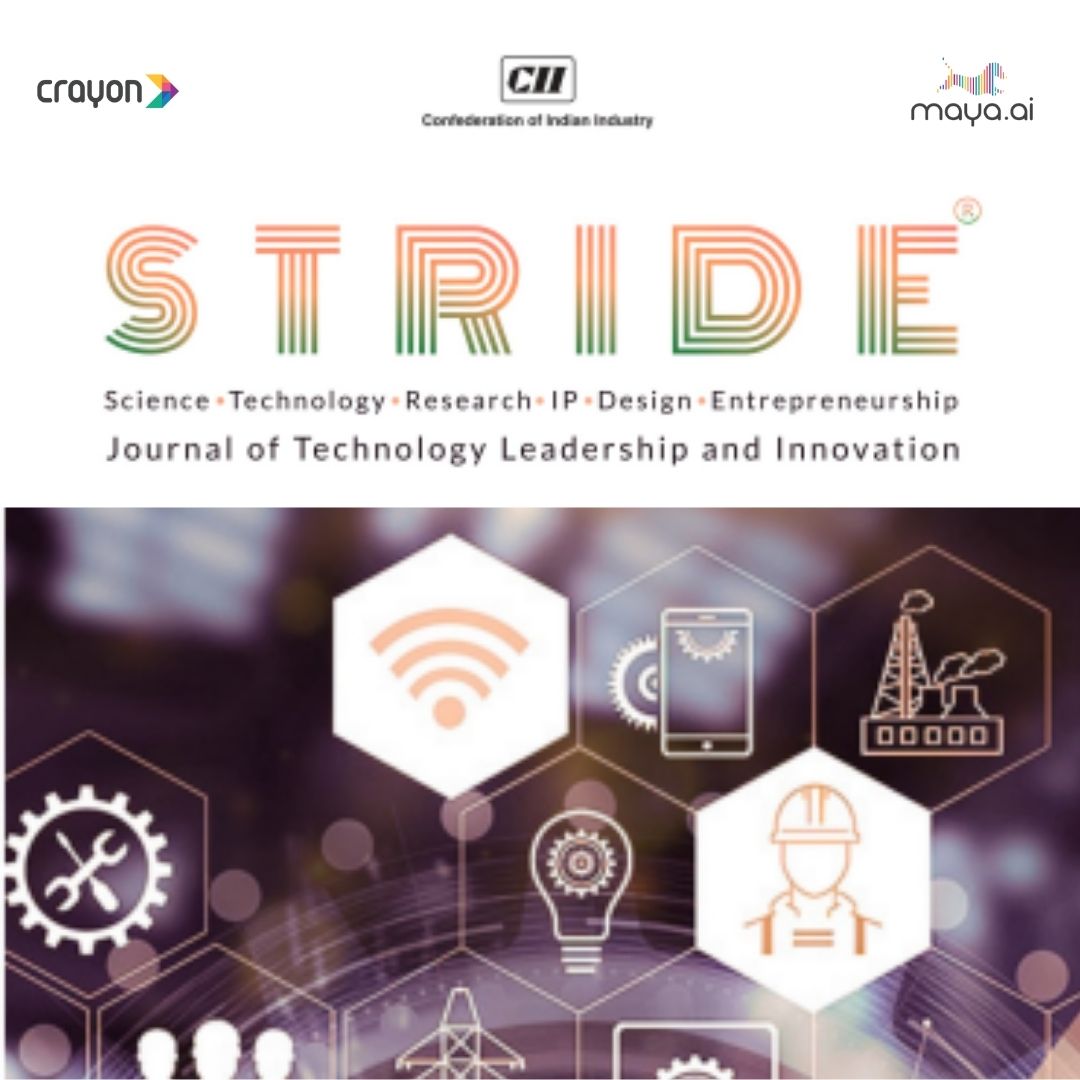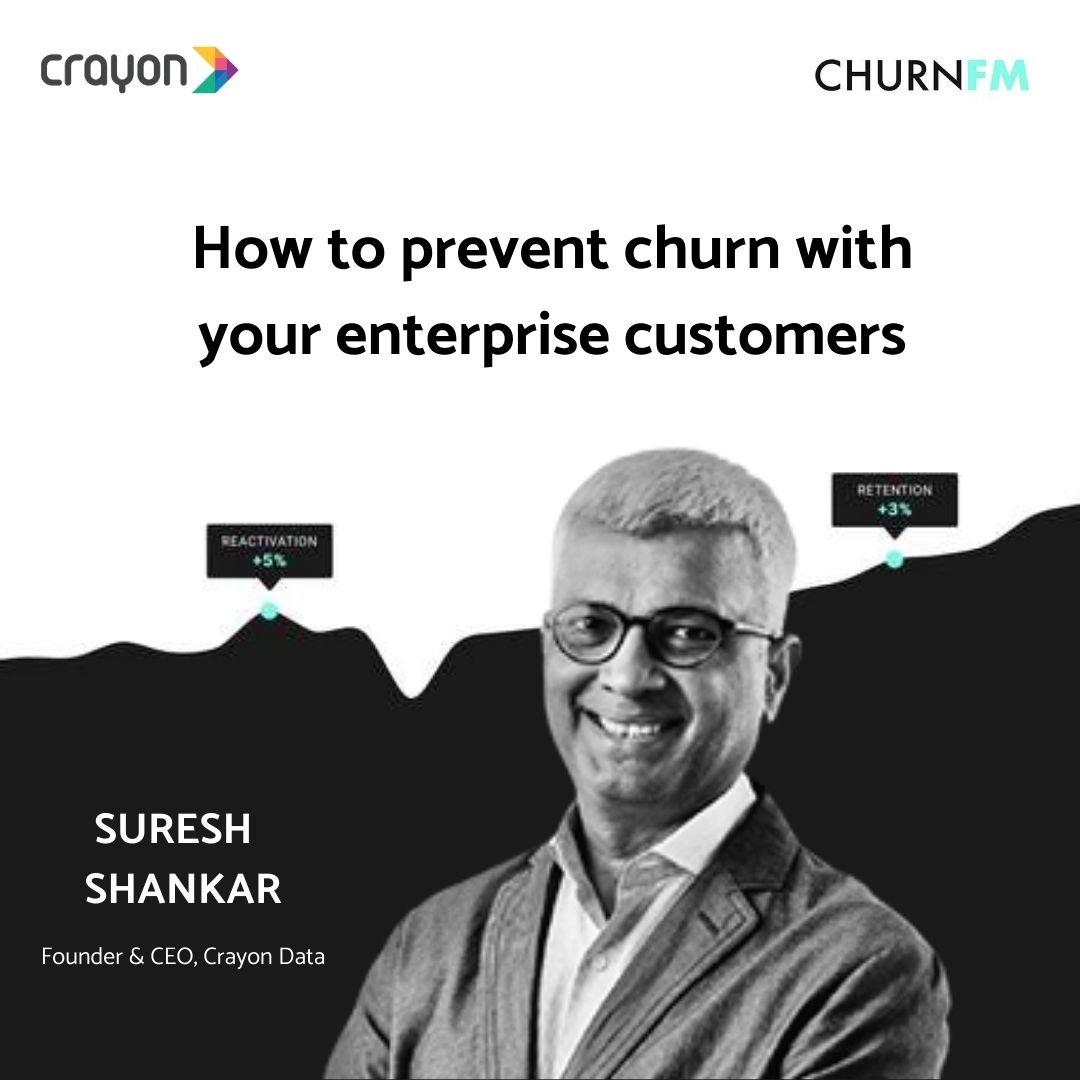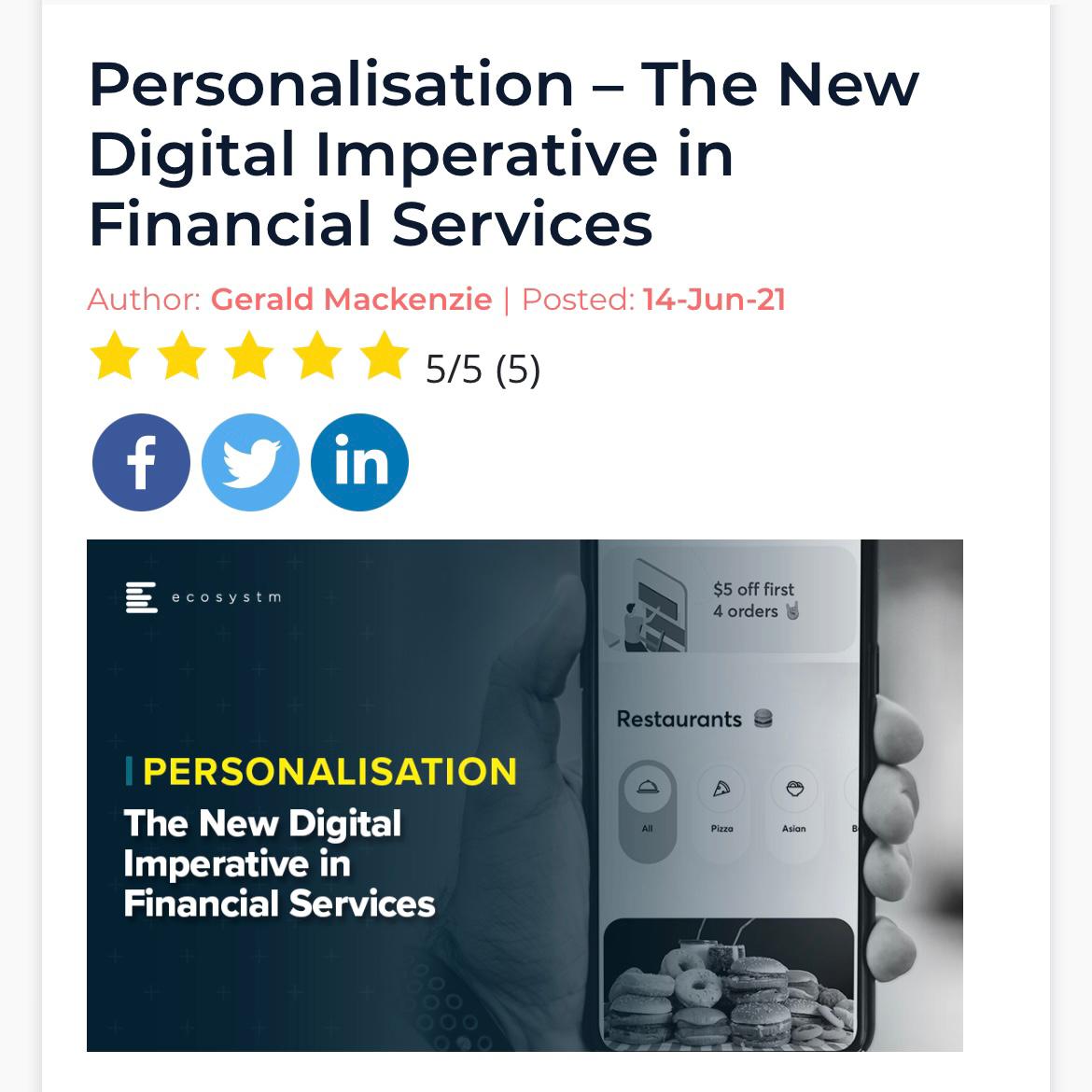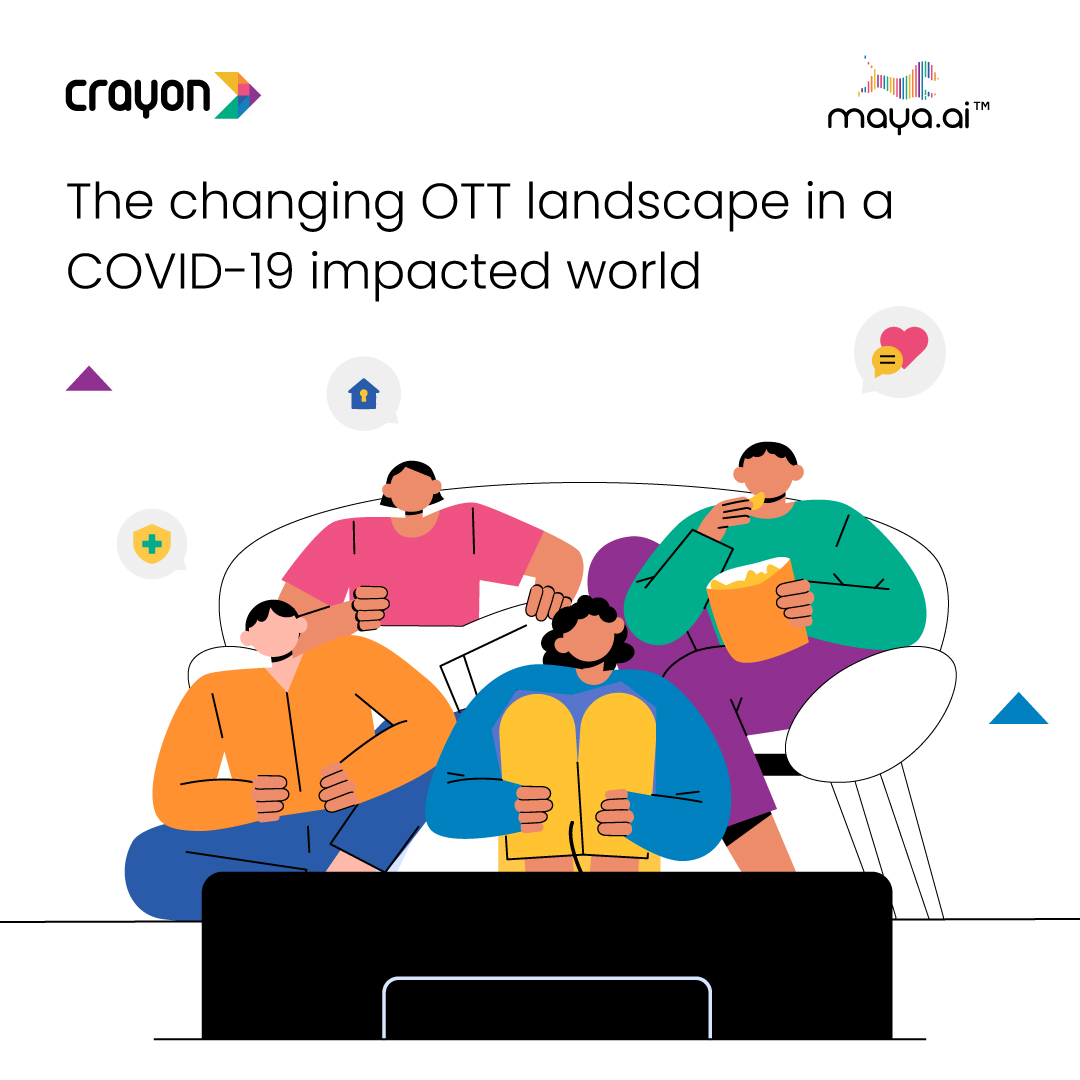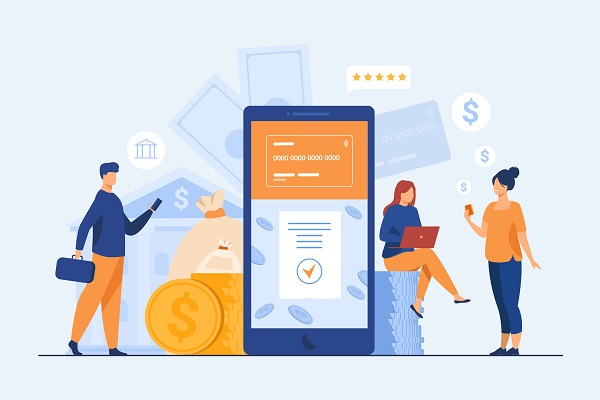Just consider this situation. You are looking to buy an air conditioner. After going through your online research, comparing features and looking into several demos, you go to your favorite electronics retailer to buy it. You buy the best one that suits your need and are about to make your payment at the POS terminal. On your mobile phone, you are presented with a choice of personalized offers from the 2 banks you bank with. You are enticed with the one which gives you 10% offer on the final price, along with a 200$ refund on the iPhone 6s that you have been looking to buy. And finally, you end up buying your iphone 6s too!
This is an example of real time personalization which can be delivered through a mobile phone. Basic personalization such as name and account personalization, interest or product content no longer serves customers’ demand. Things have moved on from the usual coupons, brochures and promotions, which are very generic with no real personalization. Today, organizations, have taken personalization to next level, based on real time behavior, context, location and relevance.
Let’s further talk about real time personalization
How can banks deliver personalized choices?
I had a conversation with Karan Bakshi, a big data specialist from Crayon data with a strong focus on banking, about real time personalization.
“Banks need to deliver personalized choices not just at the moment of financial transactions but before and afterwards as well. Banks should enter into the commercial lives of their customers”, says Karan.
Out of curiosity, I asked him how banks can get into their customers’ lives.
“A customer is more likely to use Bank A’s card over other cards he/she has if the bank delivers personalized offers based on interest, context and location. However, banks can’t deliver such ultra-personalized choices to particular customers, despite having vast amounts of data on the customers, because they neglect external data. They use only their internal data to deliver offers to their customers. Internal data, by itself, is not enough to give banks a comprehensive view of the customer and, as a result, they deliver offers to their customers which are generic and hence not very useful. For complete personalization, banks have to combine internal and external data. “
He further discussed about choice engines and TasteGraph; which were really interesting and fascinating. I would recommend you to go through these three articles to understand the concept of TasteGraphs and choice engines:
- Choice engine 1.
- Choice engines 2.
- TasteGraph.
“Now we have a very large TasteGraph. We now take the data within the bank and link it to our TasteGraph. For instance, we take any individual customer data from bank A’s data base to know something more about their preferences, we then map that data back to our TasteGraph to discover that particular customer’s taste. This process of linking the bank’s data and TasteGraph allows us to generate an infinite list of options and then prioritize these by location, day of the week, weather, or any other context to be served up as 4 to 6 choices, in the most relevant order. These customized choices can now be deployed on any channel or device that the bank A choose to work with.
This is how we bring amazon like algorithmic power to Banks.
We are having tremendous success in showing banks the benefit of ultra-personalization – we can do it better, faster and cheaper.
And this is how banks can become an essential part of their customers’ lives ”, he added.
Conclusion
Banks need to personalize choices to their customers in order to cope up with the fierce competition from technology giants like Facebook, Google, Pay pal etc. They cannot respond to these threats simply by being more digital. Banks should leverage their data strengths to create services along the full span of their consumers’ journey, reaching beyond payment transactions.
If banks cling to the traditional, narrow view of the payment ecosystem, attackers will not only take additional revenues, but will also enjoy prime access to consumer information. On the other hand, by leveraging data and personalizing offers to their customers, banks could potentially double their payment-related revenue, beating new entrants at their own game.
Banks should exploit the power of data to understand their customer’s better because their only competitive advantage is their unique knowledge of their customer.







